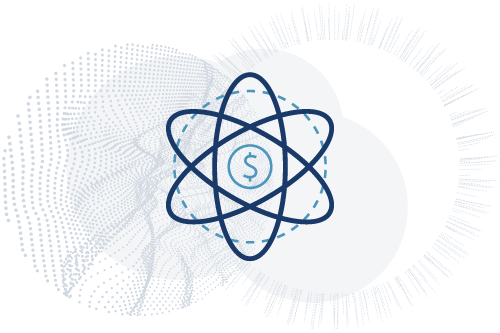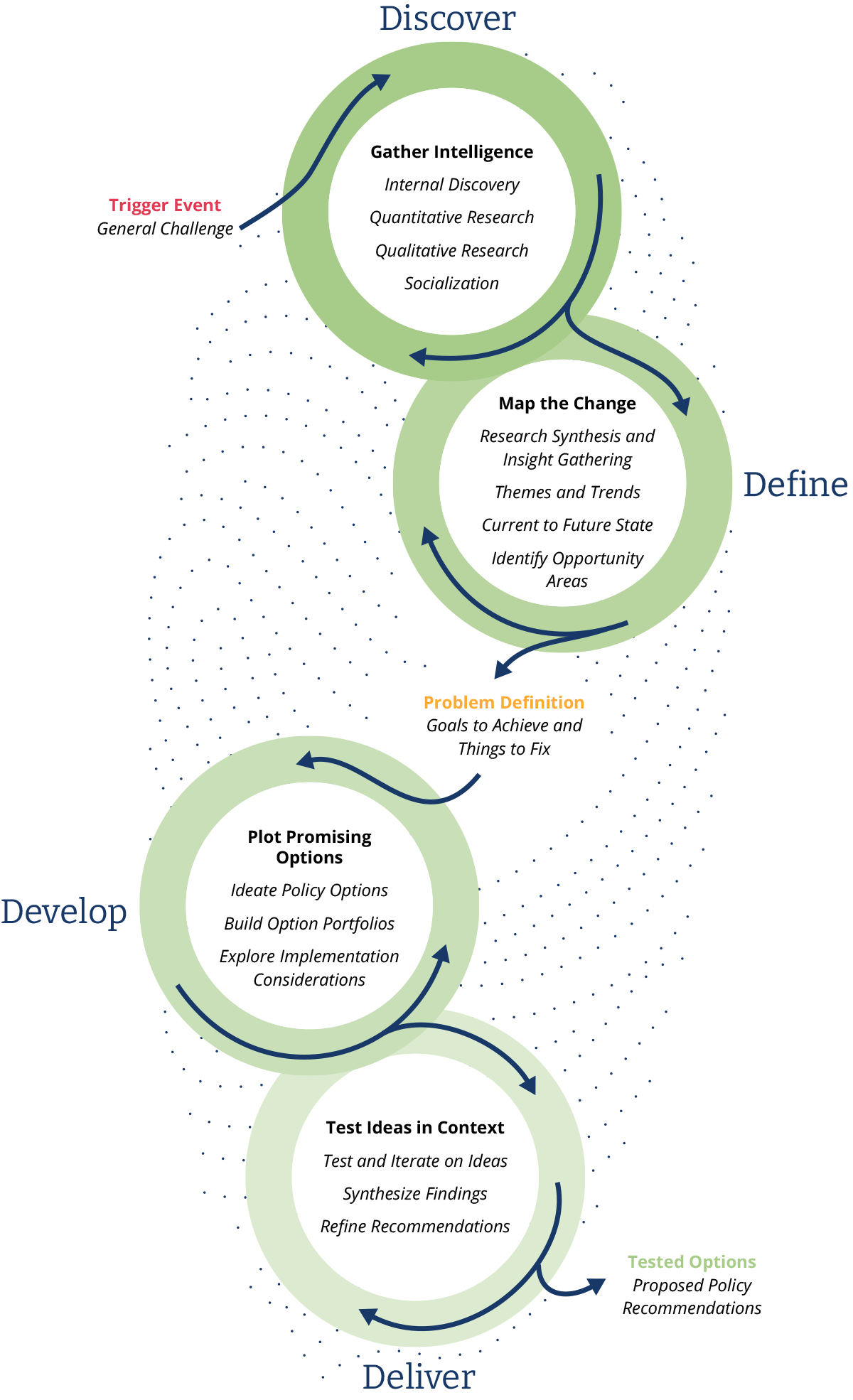



The Issue: Alberta’s energy industry continues to face significant challenges related to sustainable investment.
The Opportunity: The Innovation Challenge was an opportunity to reframe the energy conversation at home and abroad by demonstrating how Alberta’s hydrocarbon industry can be transformed to align with and compete in a net-zero future.
Response to the Innovation Challenge: A multi-partner, collaborative known as the Energy Futures Policy Collaborative, which aimed to help policy leaders build better visions, establish bridges across seemingly divided camps, and — most critically — enable the development of policy signals to reignite investor engagement and confidence in Alberta’s hydrocarbon resources, assets, and expertise.
Public policy can play a critical role in supporting the adoption of future-fit hydrocarbons. Acknowledging that public policy is central to shaping the future of Alberta’s energy sector, this Innovation Challenge aimed to bring forward a framework for policy that highlights realistic opportunities, nurture alignment, invite multi-actor participation, and move Alberta and Canada in the right direction.
This challenge was guided by the following question: How can public policy help attract greater investment into the innovation and infrastructure for “future-fit hydrocarbons”, in light of global investors’ increasing concern with climate change and growing appetite for low-emissions/transition oriented opportunities?
In response to this Innovation Challenge, identified by Energy Futures Lab Fellows and Partners, a two-year, multi-organization partnership was launched to help policy leaders build better visions, establish bridges across seemingly divided camps, and — most critically — enable the development of policy signals to reignite investor engagement and confidence in Alberta’s hydrocarbon resources, assets, and expertise. The collaborative, developed by the Energy Futures Lab and the Max Bell Foundation, is referred to as The Energy Futures Policy Collaborative.

The Energy Futures Policy Collaborative had a two year runway. Year one (2021) involved gathering information, mapping the desired change, plotting the most promising options and testing these ideas in relevant contexts. As a result, a suite of policy recommendations were developed. Year two (2022) focused on testing, refining and advocating for these policy recommendations.
During these phases of work, the collaborative:
As a result of this work, we’ve created:
Advancing a shift to the concept of “future-fit hydrocarbons” creates an opportunity for governments and investors to reconcile polarizing narratives and policy approaches underpinning energy transition and to take constructive action together.
As opportunities related to the Energy Futures Policy Collaborative emerge, the Energy Futures Lab will support outreach and engagement efforts connected to the project’s policy recommendations.
The Energy Futures Lab is a collaborative network of partners and innovators working together to accelerate the transition to an energy system that is fit for the future. Our work is powered by The Natural Step Canada.
The Energy Futures Policy Collaborative consists of organizational partners whose missions are well aligned with this policy focus and who are committed to the project’s goals and success.